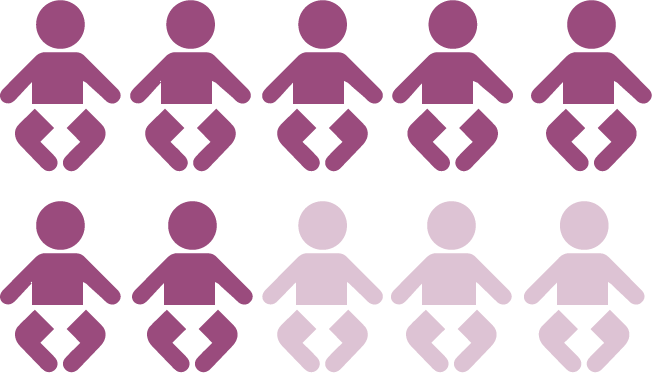The best way for your doctor or HCP to confirm or exclude the diagnosis of CMA is through an elimination diet, which involves eliminating cows' milk protein from your baby’s diet, followed by a food challenge, in which cows' milk protein is reintroduced. Although CMA is rarely observed in breastfed babies, if you are breastfeeding, your doctor will help you eliminate cows' milk protein from your diet.
If your baby has an allergic reaction to cows’ milk protein, you are likely to notice improvements very quickly after starting the elimination diet; most symptoms will disappear within 2 to 4 weeks, and all should completely disappear within 6 weeks. If improvements in symptoms are seen, then your doctor will suggest reintroducing cows' milk protein into your baby’s diet in small amounts to check if symptoms reappear to confirm the diagnosis. If avoiding cows' milk protein does not help your baby, it is unlikely that your baby has CMA, and your doctor or HCP will investigate other possible causes of the symptoms observed.
If the diagnosis of CMPA is confirmed, the good news is that with the support of your doctor, it can be managed. The key is to seek support from your doctor as early as possible to ensure a fast and accurate diagnosis.
Diagnosis of a cows’ milk protein allergy should not impact your breastfeeding routine. Mothers are encouraged to continue breastfeeding even when their babies have CMA. This usually requires qualified dietary counselling to completely exclude all sources of cows’ milk protein from the mother’s diet.
Learn more about feeding with CMA







